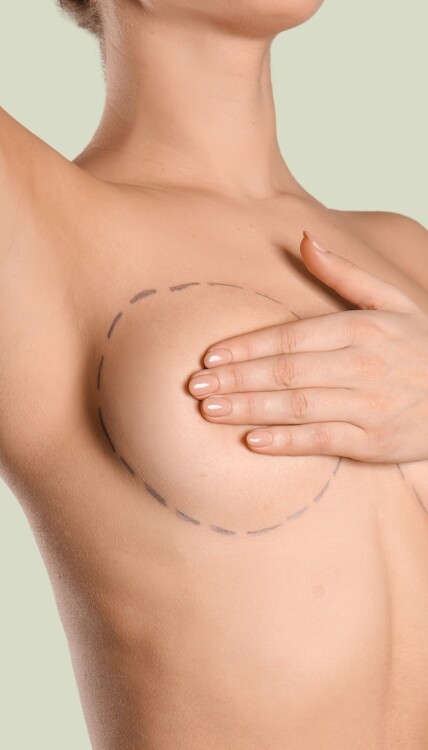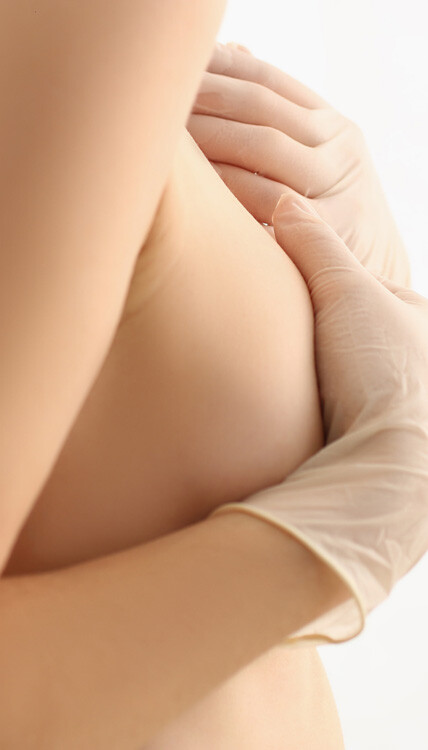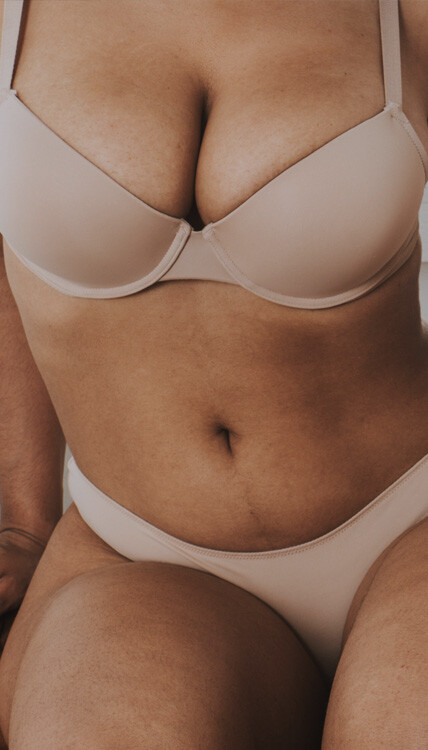Key Takeaways:
- Breast augmentation is a plastic surgery procedure used to increase the size and improve the shape of a women’s breasts. Different surgical options include saline and silicone implants, autologous fat transfer, and breast lift procedures.
- It is important to find a qualified and experienced surgeon, as well as to have a discussion with the surgeon about the options for breast implants, and to get a physical examination prior to the surgery.
- Recovery following breast augmentation can vary, depending on the type of implant and procedure used. Patients should follow any aftercare guidelines given by the surgeon closely.
Exploring Your Breast Augmentation Surgery Options
 The decision to undergo breast augmentation is a very important one. Breast augmentation is a plastic surgery procedure used to increase the size and improve the shape of a woman’s breasts. This can be done through the placement of saline or silicone implants, or through autologous fat transfer. In some cases, a breast lift can also be performed, in order to further improve the appearance of the breasts. Before deciding on a surgical option, the potential benefits and risks of the procedure should be discussed with a qualified plastic surgeon.
The decision to undergo breast augmentation is a very important one. Breast augmentation is a plastic surgery procedure used to increase the size and improve the shape of a woman’s breasts. This can be done through the placement of saline or silicone implants, or through autologous fat transfer. In some cases, a breast lift can also be performed, in order to further improve the appearance of the breasts. Before deciding on a surgical option, the potential benefits and risks of the procedure should be discussed with a qualified plastic surgeon.
Types of Breast Augmentation Surgery
When considering breast augmentation, there are several options for surgical placement of implant materials. The procedure involves making an incision in the breast in order to place the implant material, and then closing the incision with sutures.
Saline Implants
Saline implants are filled with a saltwater solution. They are made of a silicone outer shell, and are filled with sterilized saline after they are placed.
Silicone Implants
Silicone implants are made of a silicone shell, and are filled with a silicone gel that can vary in cohesiveness. They are often preferred to saline implants, because they feel more natural.
Autologous Fat Transfer
During an autologous fat transfer procedure, fat is taken from an area of the body, typically the abdomen or thighs, and then transferred to the breasts. This procedure can be used to increase the fullness and projection of the breasts, as well as to improve their shape and symmetry.
Breast Lift
A breast lift is a surgical procedure to address Ptosis, or sagging of the breasts, and is often done in combination with breast augmentation in order to further enhance the appearance of the breasts.
Pre-Surgery Considerations
Before undergoing breast augmentation, there are a few important things to consider. First, it is important to find a qualified and experienced surgeon. This means finding a surgeon who has extensive experience in performing breast augmentation procedures, and who has a good track record of successful outcomes. Additionally, it is important to have a discussion with the surgeon about the options for breast implants, and to get a physical examination prior to the surgery.
Procedure
The actual procedure for breast augmentation is relatively straightforward. Generally, the patient will undergo anesthesia and the surgeon will make an incision in the breast area in order to place the implant. The implant will then be placed in the proper location, and the incision will be closed with sutures. In some cases, a breast lift may also be performed in order to address any sagging of the breasts.
Post-Surgery
Recovery following breast augmentation can vary, depending on the type of implant and procedure used. Generally, the patient will be advised to limit physical activity for a few weeks, and to wear a special bra or compression garment to support the treated area. Additionally, any aftercare guidelines given by the surgeon should be followed closely. Generally, a follow-up visit can be expected within a few weeks of the procedure in order to assess the healing process and any potential complications.
Conclusion
Exploring your breast augmentation surgery options is an important step in the decision making process. There are several options available, ranging from saline and silicone implants to autologous fat transfer and breast lift procedures. It is important to discuss the benefits and risks of each procedure with a qualified surgeon, and to find one that has extensive experience with breast augmentation surgery.
At Politis Plastic Surgery, a plastic surgery clinic in Tampa, FL headed by Dr. Effie Politis, we specialize in breast augmentation and body contouring procedures. Our team of board certified plastic surgeons understands the importance of providing a safe and supportive environment in order to help you make an informed decision about your breast augmentation surgery. Contact us today to learn more about our services and to schedule a consultation.
References:
- “Breast Implant Surgery – FDA.” 31 Mar. 2021, https://www.fda.gov/medical-devices/breast-implants/breast-implant-surgery.
- “Fat Grafting – Breastcancer.org.” 27 Jul. 2022, https://www.breastcancer.org/treatment/surgery/breast-reconstruction/types/autologous-flap/fat-grafting.
- “Breast implants: Saline vs. silicone – Mayo Clinic.” https://www.mayoclinic.org/healthy-lifestyle/womens-health/in-depth/breast-implants/art-20045957.


 The decision to undergo a breast augmentation surgery is one that should be well researched and thoroughly discussed with a board-certified plastic surgeon.
The decision to undergo a breast augmentation surgery is one that should be well researched and thoroughly discussed with a board-certified plastic surgeon. 
 As a woman, your breasts are an integral part of your overall appearance. And whether they are small or large, perky or not, their appearance can cause a feeling that impacts all areas of your life.
As a woman, your breasts are an integral part of your overall appearance. And whether they are small or large, perky or not, their appearance can cause a feeling that impacts all areas of your life. 






